When it comes to discussing Jesus of Nazareth, many immediately think of religious texts and theological debates. However, the historical figure of Jesus has captivated scholars, historians, and writers far beyond the realm of faith. In this blog, we’ll explore a fascinating array of non-religious sources that shed light on Jesus’ life and impact.
From ancient Roman historians to modern-day academics, these secular perspectives offer a unique lens through which to view one of history’s most influential figures. Whether you’re a skeptic, a believer, or simply curious about history, join us as we uncover what non-religious sources have to say about the man who changed the course of human history.
Flavius Josephus (37-200 CE)
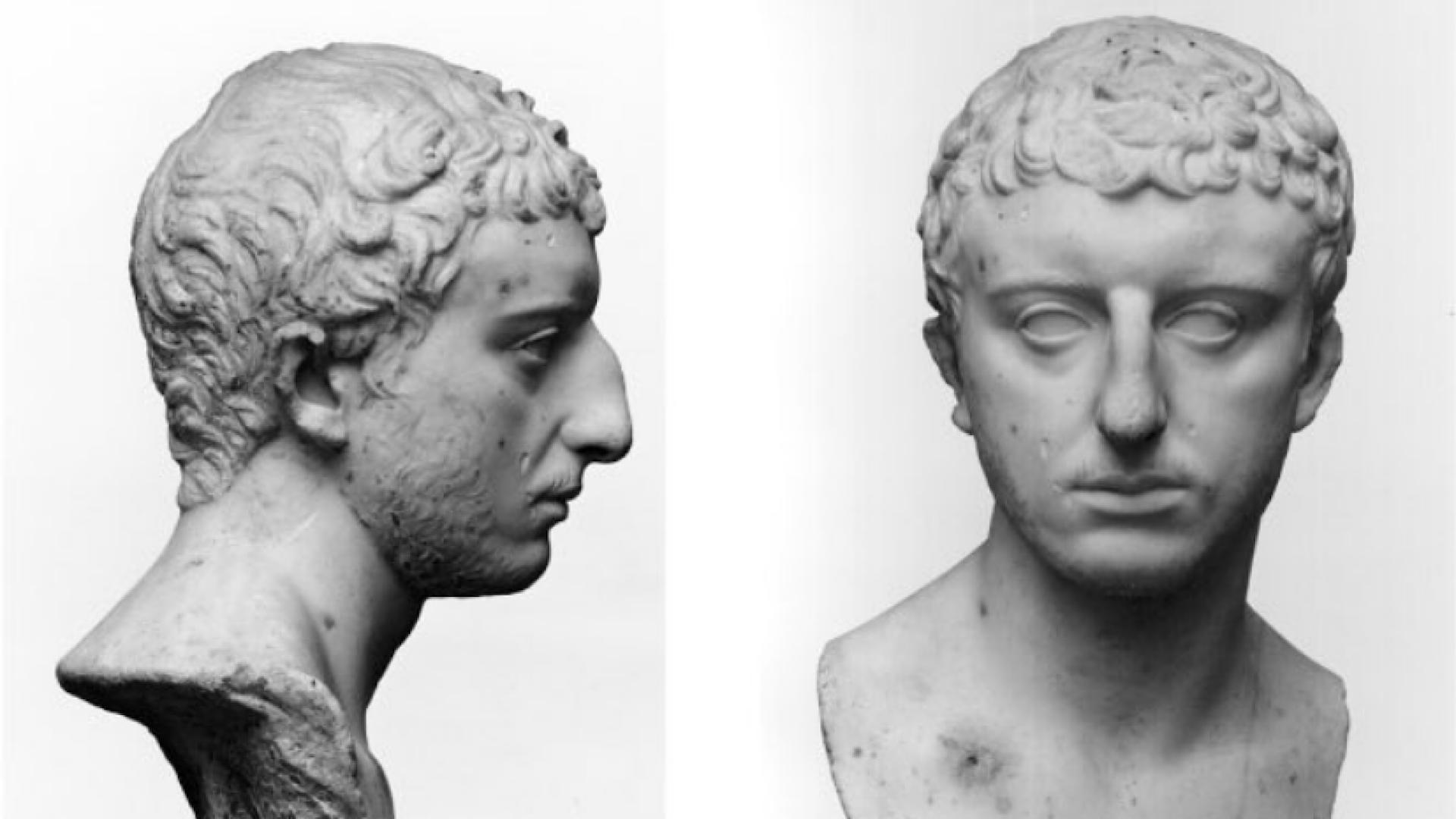
Flavius Josephus, a Jewish historian, mentions Jesus twice in his work “Antiquities of the Jews.” The first reference, known as the Testimonium Flavianum, describes Jesus as a wise man and teacher who was crucified under Pontius Pilate. While this passage has been debated due to potential Christian interpolations, most scholars agree it contains a historical core.
The second, less controversial mention occurs when Josephus describes the execution of James, referring to him as “the brother of Jesus, who was called Christ.” These references, coming from a non-Christian source, provide valuable external evidence for Jesus’ existence and his impact on first-century Judea.
Tacitus (56-230 CE)
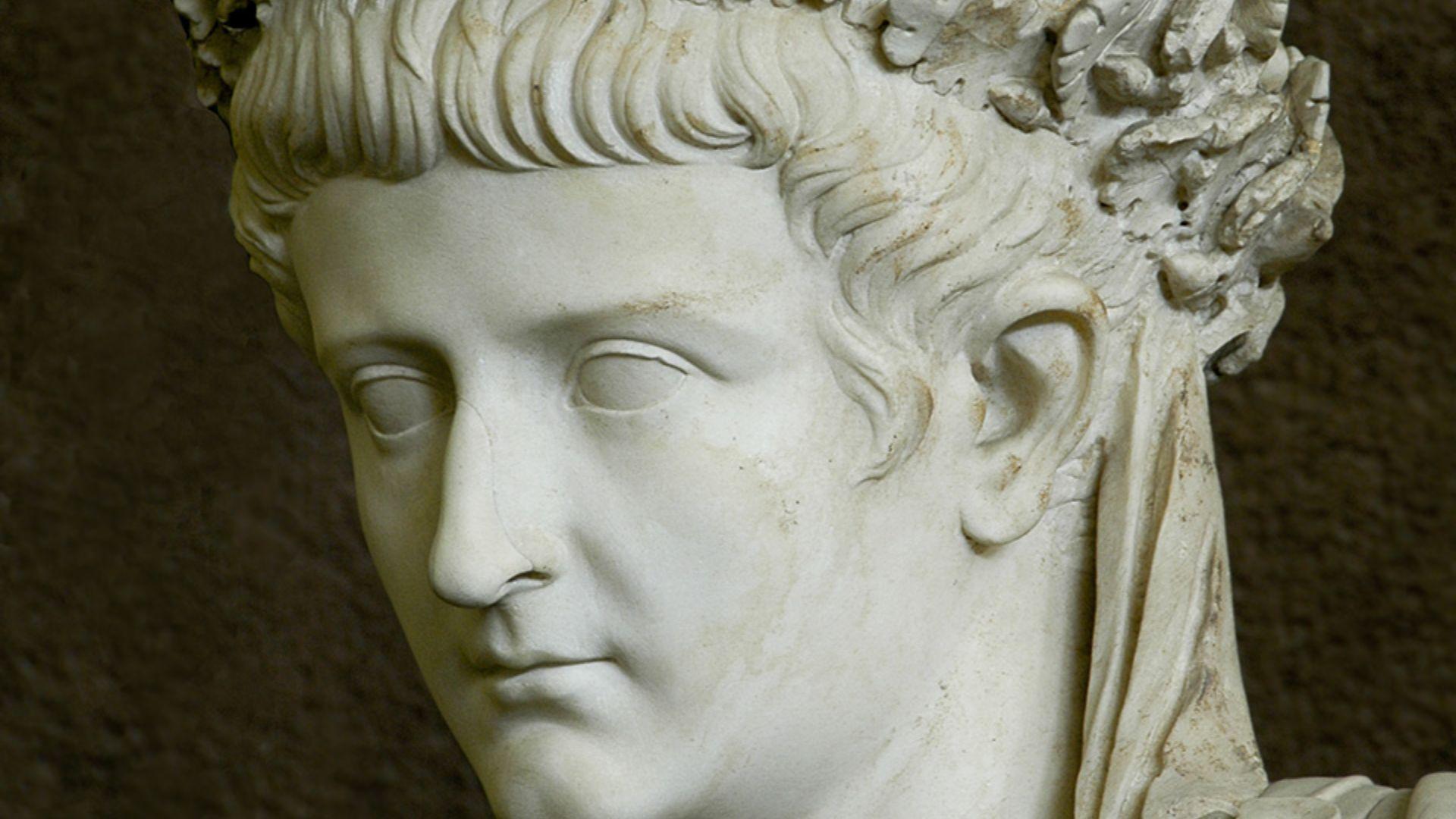
Tacitus, a Roman historian known for his analytical mind and skepticism, mentions Christ in his work “Annals.” Writing around 116 CE, he discusses the Great Fire of Rome and Nero’s persecution of Christians. Tacitus states that Christ “suffered the extreme penalty during the reign of Tiberius at the hands of one of our procurators, Pontius Pilatus.”
This account is significant because it comes from a non-Christian source hostile to Christianity. Tacitus’ reference corroborates key details about Jesus’ execution and the early spread of Christianity, providing historical context from a Roman perspective.
Pliny the Younger (61-113 CE)
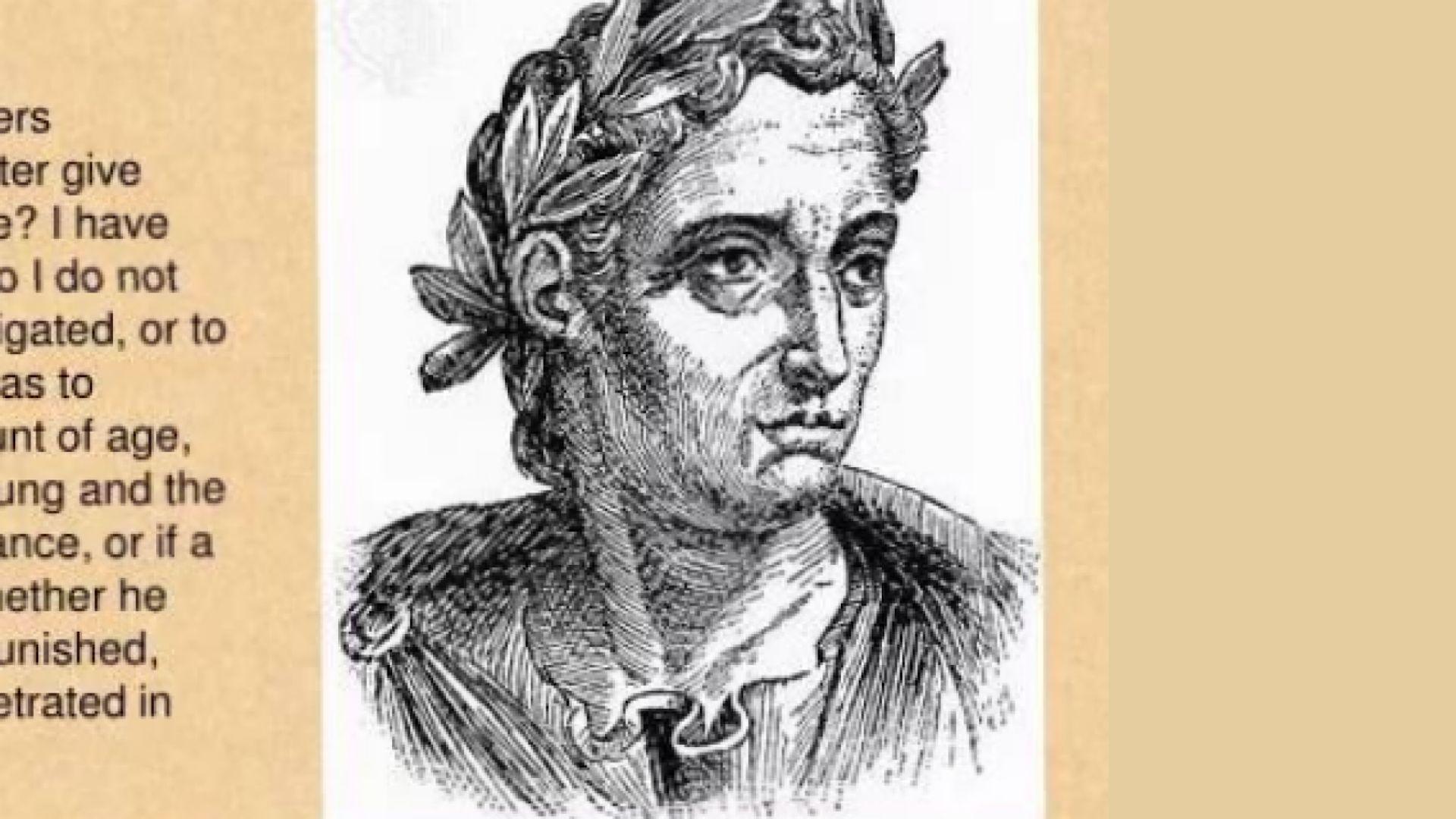
Pliny the Younger, a Roman governor in Bithynia-Pontus, wrote to Emperor Trajan around 112 CE seeking advice on dealing with Christians. While he doesn’t directly mention Jesus, his letter provides insight into early Christian practices and beliefs. Pliny describes Christians gathering to “chant verses alternately amongst themselves in honor of Christ as if to a god.”
This correspondence is valuable as it offers a Roman officer’s perspective on the rapid spread of Christianity and its impact on Roman society, indirectly attesting to the historical influence of Jesus within a century of his death.
Suetonius (69-122 CE)
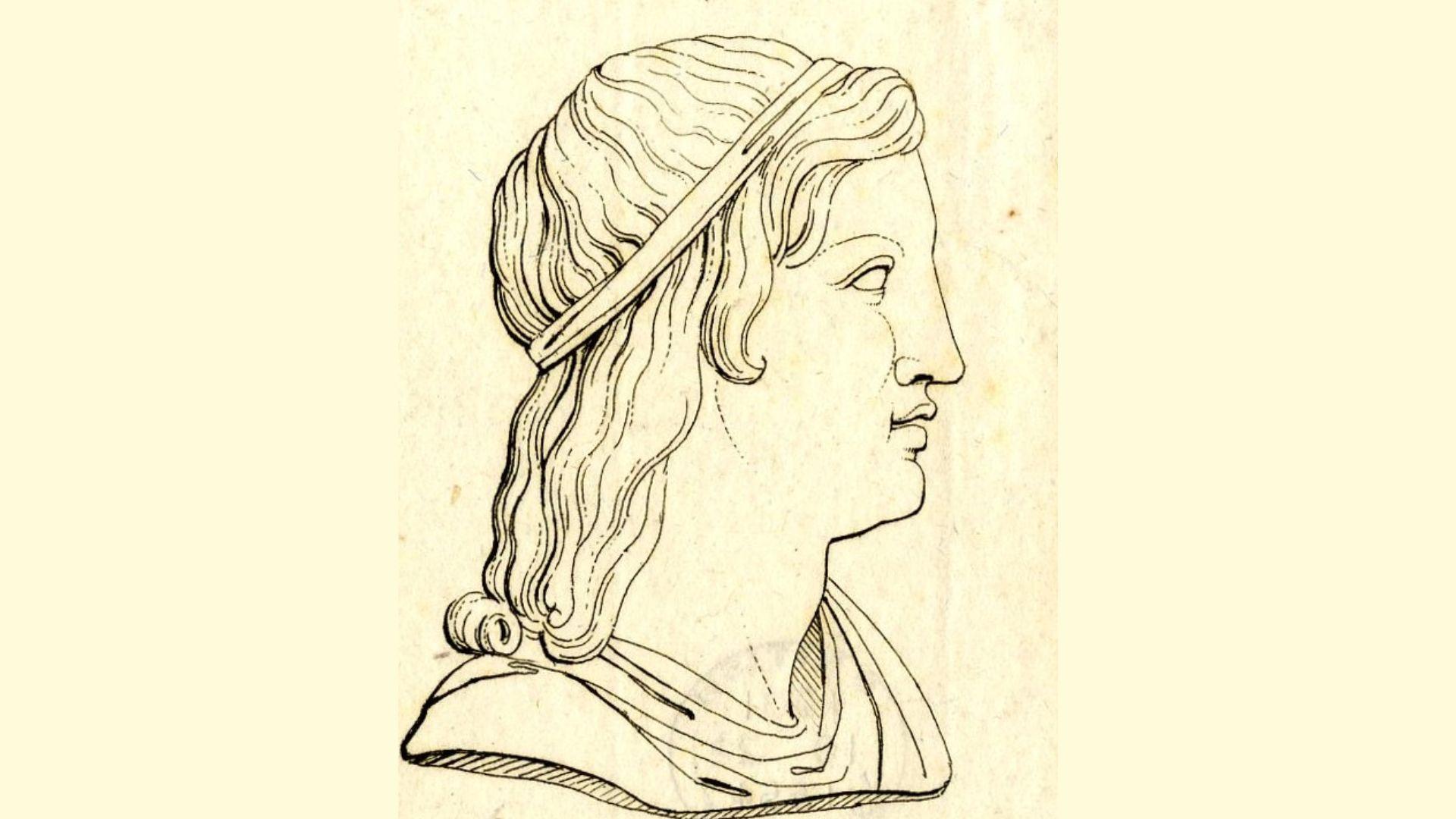
Suetonius, a Roman historian and secretary to Emperor Hadrian, makes a brief reference that may allude to Jesus in his work “Life of Claudius.” He mentions that Claudius “expelled from Rome the Jews constantly making disturbances at the instigation of Chrestus.” While “Chrestus” could be a misspelling of “Christus” (Christ), this interpretation is debated.
Regardless, this passage provides insight into the impact of early Christianity on Rome, suggesting that disputes about Jesus were causing enough social disruption to warrant imperial attention, thus indirectly highlighting Jesus’ historical significance.
Mara Bar-Serapion (70 CE+)

Mara Bar-Serapion, a Stoic philosopher, wrote a letter to his son from prison, likely after 70 CE. In it, he mentions the execution of the “wise king of the Jews,” widely interpreted as a reference to Jesus. Bar-Serapion compares this event to the deaths of Socrates and Pythagoras, asking what advantage the Athenians, Samians, and Jews gained from executing their wise men.
This reference is significant because it comes from a non-Christian, non-Jewish source, and places Jesus in the company of other revered ancient philosophers, indicating his reputation had spread beyond Judea.
Lucian of Samosata (125-180 CE)
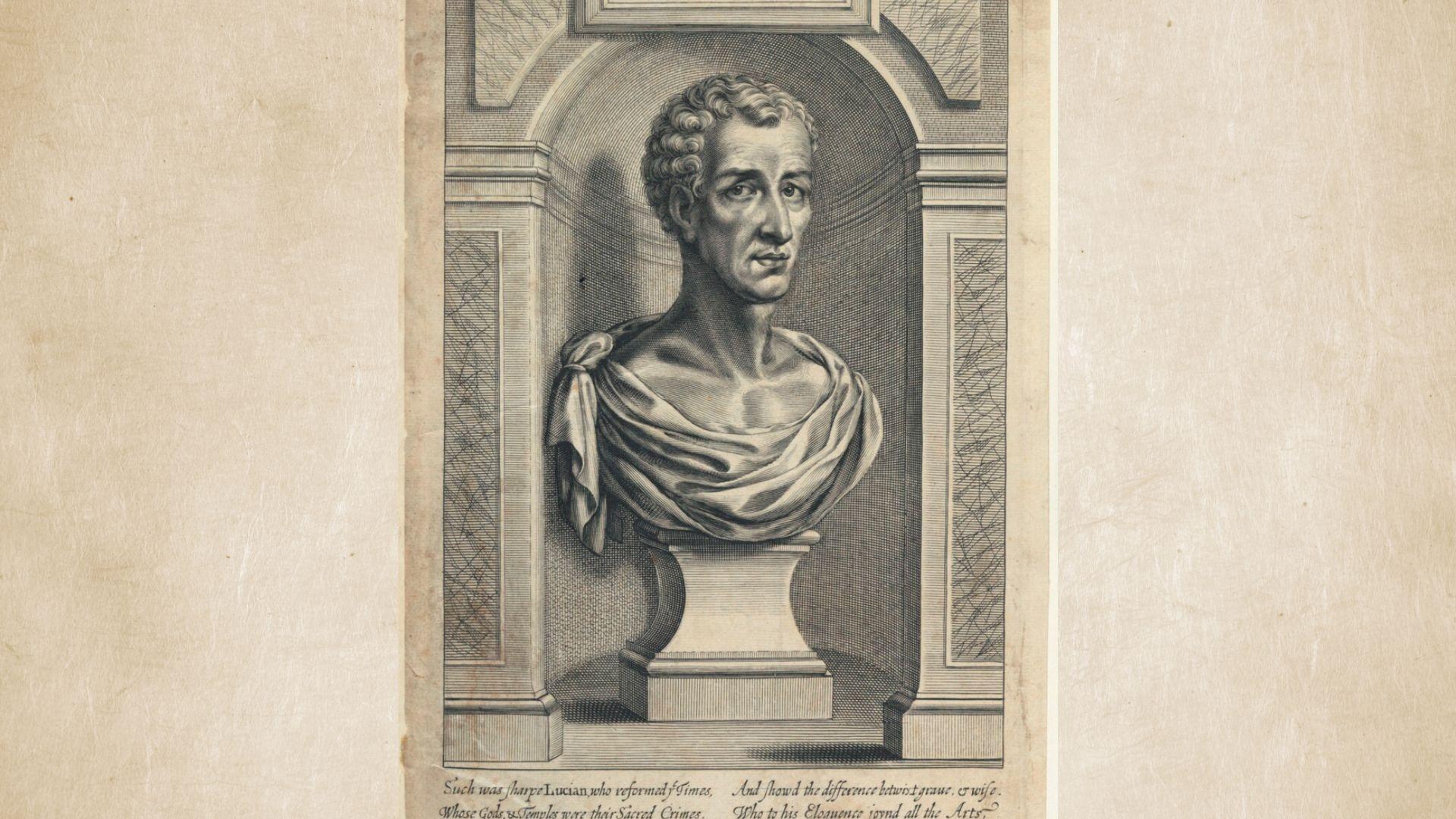
Lucian, a Greek satirist, provides an intriguing perspective on early Christianity in his work “The Passing of Peregrinus.” Though mocking in tone, Lucian offers valuable insights into how educated pagans viewed Christians. He refers to Jesus as a “crucified sophist” who introduced new mysteries and convinced people to worship him. Lucian notes that Christians “worship the crucified sage” and live after his laws.
His account, while derisive, corroborates aspects of Jesus’ life and the rapid spread of his teachings. It’s particularly significant as it comes from a skeptical outsider, offering a glimpse into how non-Christians perceived Jesus and his followers in the 2nd century.
Celsus (175 CE)
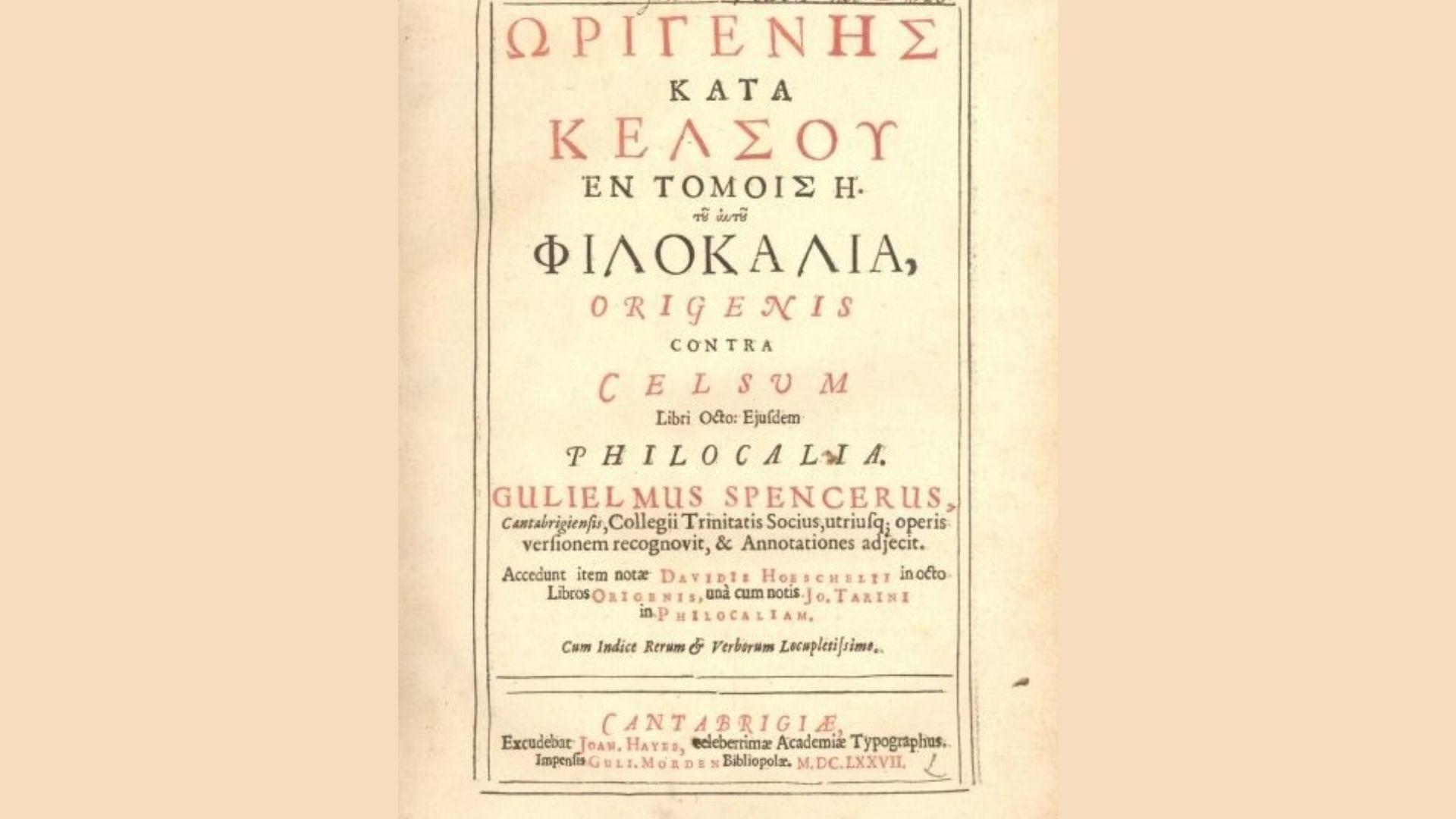
Celsus, a Greek philosopher, wrote a comprehensive attack on Christianity titled “The True Word” around 175 CE. While the original work is lost, substantial portions are preserved in Origen’s rebuttal, “Contra Celsum.” Celsus presents a critical, non-Christian view of Jesus, portraying him as a sorcerer who learned magic in Egypt. He questions Jesus’ divine birth, criticizes his teachings, and challenges the accounts of his miracles and resurrection.
Despite its polemical nature, Celsus’ work inadvertently provides evidence for the historical Jesus and the core beliefs of early Christianity. His detailed critiques reveal how quickly and widely Jesus’ story had spread in the ancient world.
The Babylonian Talmud

The Babylonian Talmud, a central text of Rabbinic Judaism compiled between the 3rd and 5th centuries CE, contains several passages that may refer to Jesus. While primarily a religious text, it includes historical and legal discussions that offer a non-Christian perspective on Jesus. One passage mentions “Yeshu” who “practiced sorcery and enticed Israel to apostasy.”
Another refers to someone who was hanged on the eve of Passover for leading Israel astray. These references, though hostile, suggest a historical memory of Jesus within Jewish tradition. The Talmud’s accounts, filtered through centuries of religious debate, provide insight into how some non-Christian Jews viewed Jesus and his impact on Judaism.
Thallus (52 CE)
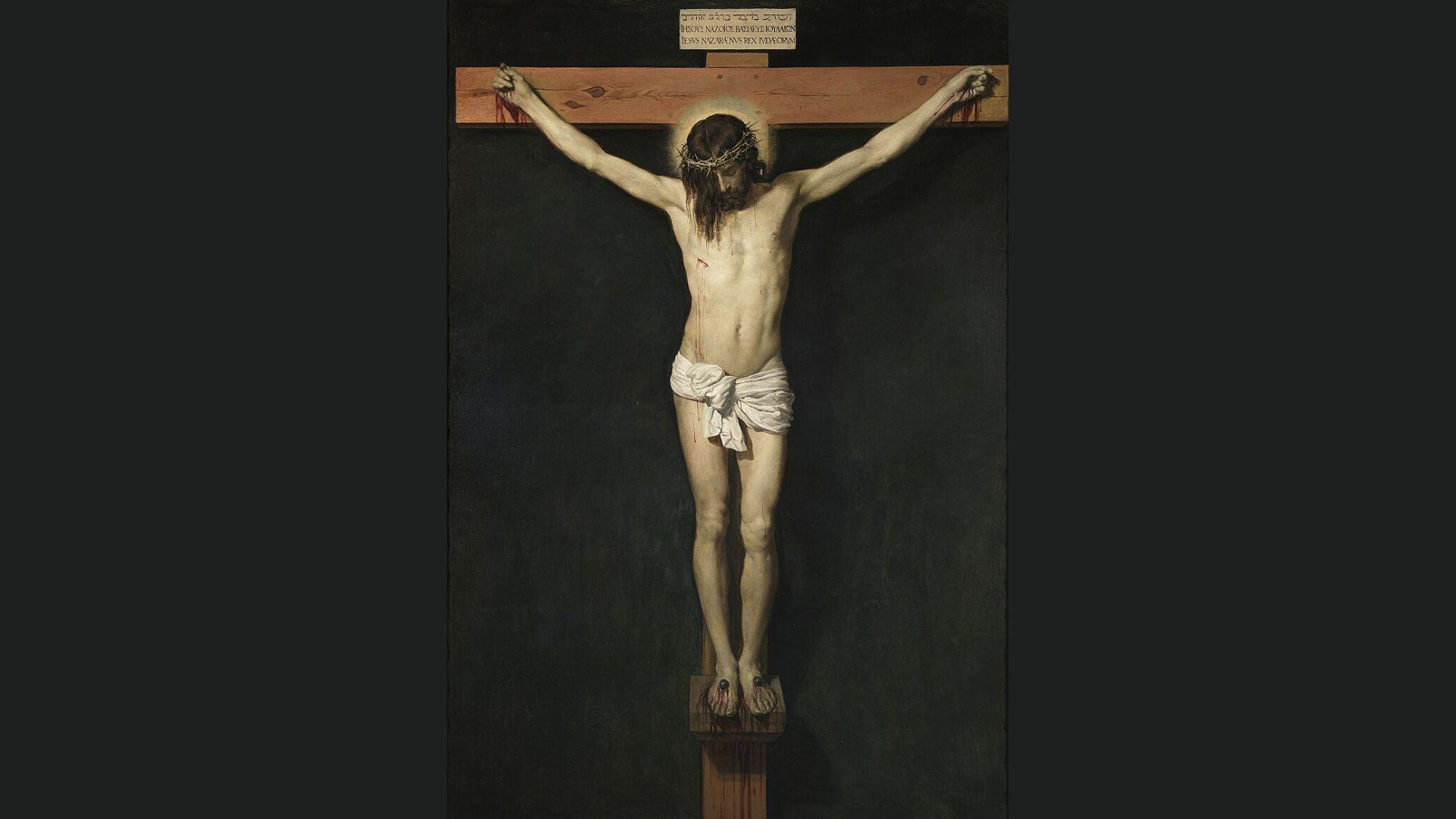
Thallus, a first-century historian, is known to us primarily through quotations by later writers. The Christian chronicler Julius Africanus, writing around 221 CE, cites Thallus in reference to the darkness that allegedly occurred during Jesus’ crucifixion. According to Africanus, Thallus explained this darkness as a solar eclipse. While Thallus’ original work is lost, this secondhand reference is significant for two reasons.
First, it suggests that the crucifixion of Jesus was noteworthy enough to be recorded by a non-Christian historian. Second, it indicates that unusual events associated with Jesus’ death were being discussed and rationalized in non-Christian circles within two decades of the event, lending credence to the historical core of the crucifixion narrative.

